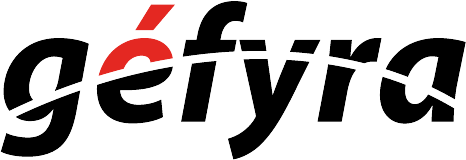Today we are going to complete the MongoDB module by performing mathematical aggregation and storing data into MongoDB. This is also a good prelude to your Project 2.
Warm-Up
Let’s open up the file(s) in the 01-Evr_WarmUp folder to get started.
To import the artifacts.json from your directory into a Mongo database, type:
mongoimport --type json -d met -c artifacts --drop --jsonArray artifacts.json
Aggregate by Country
Let’s open up the file(s) in the 02-Ins_Aggregation folder to get started.
Students Do: Aggregate by Classification
Let’s open up the file(s) in the 03-Stu_AggregateByClassification folder to get started.
Aggregation Pipelines in PyMongo
Let’s open up the file(s) in the 04-Ins_AggregationPipeline folder to get started.
Students Do: Build an Aggregation Pipeline
Let’s open up the file in the 05-Stu_AggregationPipeline folder to get started.
Project 2 Groupings
We are going to break into groups for project 2. That’s because the following mini projects is a preparation for your eventual Extract-Transform-Load (ETL) project.
Extract-Transform-Load (ETL)
Your project 2 is fundamentally an ETL job, and it is a staple for all data-related work:
- Analyze the data and its schema.
- Model your database.
- Extract them into your Python scripts.
- Transform them into proper data types within the tables with your scripts.
- Load them into the tables.
You will be learning them in your next lesson.
Groups Do: MongoDB Mini-Project Part 1: Import Data from an API
Let’s open up the file(s) in the 06-Grp_MiniProject_Part1 folder to get started.
Groups Do: MongoDB Mini-Project Part 2: Aggregating the Data
Let’s open up the file(s) in the 07-Grp_MiniProject_Part2 folder to get started.
Groups Do: MongoDB Mini-Project Part 3: Plotting the Data
Let’s open up the file(s) in the 08-Grp_MiniProject_Part3 folder to get started.

